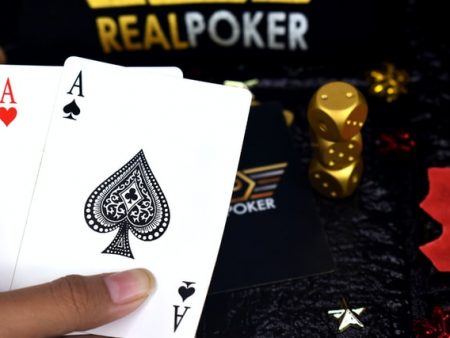

Things are quite uncertain before a flop. The picture gets clearer as the after flop in poker. It reveals 71% of the final hand. In other words, a flop defines the strength of your hand. Another thing you should understand is that a flop does not hit most players in most cases!
You are in Texas Hold’em when the flop is clear. Check a few important points to prepare your further strategies:
- Potential considerations
- Texture of the flop
- Tendencies of the opponent
- Should you continue and what plan is going to work in your favor?
- Strength of your opponents’ hands
- Is it possible to outplay opponents who are in the game?
- Can you capitalize on the opponent’s mistakes?
The last thing describes the essence of poker. According to an old adage, you can win poker only in two ways if cheating is not an option. You can either use your brilliance or the opponent’s mistakes to gain a huge profit. The second way of winning in poker is way more reliable. Let’s understand each point to know how to bet a flop.
Potential considerations:
Being a good poker player, you have carefully observed the pot. Now, you are either in good position or holding a strong hand. Suppose you got out of position with a mediocre hand, you should recall all the basic poker tactics.
The advantage of position matters a lot in poker, especially when you are in a no-limit game. You should carefully assess your position against a pre-flop aggressor. Once the assessment is over and you are still in the game, you can turn things in your favor. If you are still looking the flop, the aggressor can take advantage of you later in the game.
Texture of the Flop:
You have to assess the flop’s texture to speculate what the opponent is probably holding. Consider it a free information and it profits seasoned players a lot. Check every card carefully and think what hand the opponent is holding to be in the game.
It is a true that the flop does not hit most players in most of the cases. Be ready for draws, which can make or destroy the chance of your opponent. There might be open end flush or straight draws.
Do not look intimidated because your opponent is observing you. Be cool and focus on the texture to find which card can help the opponent in grabbing the pot money.
Tendencies of the Opponent:
It’s the moment your opponent’s betting tendencies can help you a lot. You have been observing opponents for a while. You should know what the opponent does and what their strengths are.
The moment you know their tendencies and weaknesses, you can turn things against them. The knowledge about the opponent’s tendencies is quite valuable, whether you are playing in a casino or online.
Highly observant poker players do not miss too much, especially when playing against good players. Newbies are predictable because they are always afraid of losing. They walk cautiously, especially when the pot is big.
Tactics in the Current Scenario:
You should remember one thing, folding is always a good option. Do not feel ashamed if you haven’t gotten a good hand. Do not take things on your ego because it can cost you a lot. Be prepared to fail and like a professional. You should also have plans for your failures. These plans are made to keep the opponent puzzled.
Suppose you got a marginal or strong hand, you need a plan to draw more chips in the pot. It is a psychology game now! Assess flop texture and then use the information about opponent to plan your next move. Each action should be well-planned to ensure you do not lose on the turn or river!
Continuation bet:
If you had raised before flop, the continuation bet will be the same one after flop. Suppose you were playing aggressively before flop, maintain the style after flop. It will help you in succeeding because you are representing a strong hand here.
Experts suggest not to try continuation bet frequently. Although it seems like a good advice, it can immediately reveal your marginal hand. Keep a sharp eye on the opponent and his moves after assessing the flop’s texture. The continuation bet will probably benefit you if the opponent got a mediocre hand.
The Float Play:
There will be moments when a pre-flop aggressor is making a continuation bet. It’s the time to assess your holdings carefully to react appropriately. Of course, his tendencies, your gut feeling, and aggressor’s previous hands will also matter.
Float play is a reliable tactic to try in such a situation. You know that your hand is weak, but you can call or raise on the aggressor’s continuation bet to take the pot away with the turn card.
It will be pretty daunting for the opponent to call you if he was aggressive with two over-cards. He is familiar with your new aggression and he will be more cautious now.
The Probe Bet:
It is a bet made into a pre-flop aggressor. Suppose you are in the big blind position and call a raise with . The flop texture is
! Most seasoned players would recommend you to place a probe-bet, which should be about half the size of money in the pot.
Although it’s not a wrong move in most cases, a well-experienced aggressor will easily assess the strength of your hand. He will raise the probe bet on a bluff. Suppose the opponent is a more conventional player, place the same bet again to raise and beat your opponent.
Final Thoughts:
Different players follow different strategies to bet a flop. Mentioned tactics work in most scenarios. There is always a risk of failure because it is poker. However, good assessment of the opponent can turn you into a huge winner. Check-raise if you wish to assess the opponent’s hand’s strength. Follow previous tactics if your hand is strong enough to beat most of the seasoned players.







